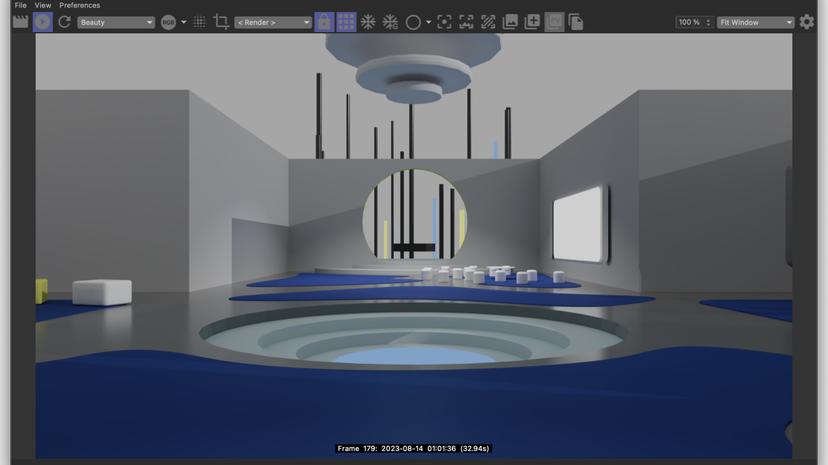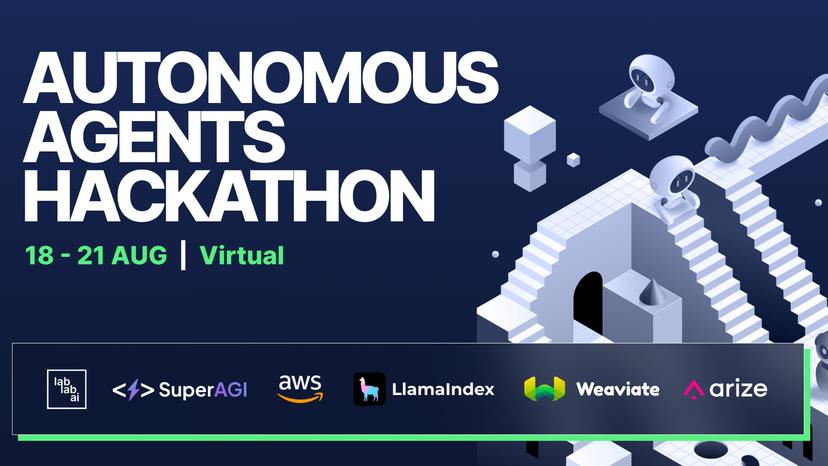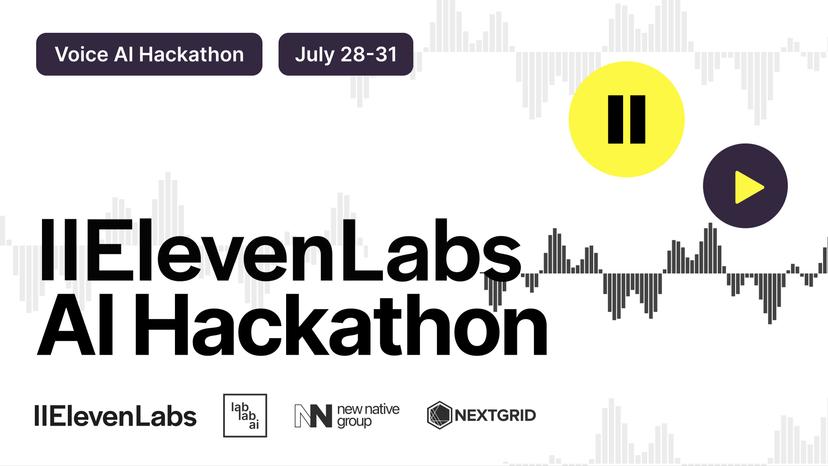
Ash Aly@quantash760
is under improvement
is under improvement
🤝 Top Collabolators
🤓 Latest Submissions

Smart decision with AI and cognitive science
Strategic Thinking Systems (STS) lies at the convergence of AI, cognitive science, spatial, web3, and voice! It facilitates the organization and communication of thoughts in the context of important, strategic decisions. It puts users in charge of their content by allowing control over what is shared and with whom, providing innovative monetization opportunities. Steve Jobs famously said the computer was like a bicycle for the brain. We contend that AI is turning it into a powerful electric bike. What is needed now are safe and smooth paths for everyone to reach their respective destinations, engage and participate in this age of abundance, and realize their full potential. Our early prototype is ready for brave beta testers who are comfortable using a still-evolving platform. We are looking for passionate individuals and forward-looking organizations to submit use cases, provide content, and help steer the vision toward a tool that will work for them. Why is voice important to our mission? First, it's a question of accessibility and inclusion. Not everybody can read and right. Second, it's a matter of communication. During this hackathon, we've implemented the multilingual model from ElevenLabs, and we were delighted by the results when we tested it with content in English, French, Spanish, Polish, Dutch and German. Third, it's a requirement, a must have to bring collaborative ideation to the metaverse, where keyboards are cumbersome at best, but mostly impractical. We believe that a great voice interface, for output and input, will be a game changer for the space of spatial experiences. Fourth, we strongly believe that a well-designed and implemented voice interface will be the key to achieve and maintain a state of flow, where your tools are not impeding nor slowing down your thoughts.
1 Aug 2023

Smart Decisions with AI and VR
It's been known for a while that when people discuss important decisions, using visual aids and physical props, it tangibly enhances the team's creativity and ability to focus on the most significant aspects of the decision at hand. Conducting this exercise in a fun, unfamiliar environment makes the whole process even more conducive to creative, out-of-the-box thinking. This idea is behind the setup of many design-thinking and ideation rooms across the world. This 3D-AI hackathon gave us the opportunity to explore the idea further. Our team came up with a concrete business scenario, and an ideal workflow to support it. Although our final implementation fell a bit short of this grand vision, the exercise allowed us to (1) get a deeper understanding of the value of generative ai for purpose-driven decision making (2) get an appreciation of where the tech is today and how it is evolving to effectively support that process and (3) learn a lot, laugh a a bunch, and really come together as a team. In the end we were 13 people from 4 continents and 6 countries, who for the most had never met nor worked together at the beginning of the challenge.
14 Aug 2023

Exponential workflows with STS
By now most people have experienced one-human-to-one-agent collaborations, thanks to the unprecedented success of ChatGPT. Today emerging technologies like superAGI and LangChain enable agent-to-agent collaboration. Our aim is to unleash the power of exponential workflows by enabling dynamic and real-time collaboration between multiple humans and multiple autonomous agents. We used as a background a concrete business application: a team of business and IT professionals are working together with autonomous agents to prepare a list of topics for consideration at the next board meeting of a mining operation. In our scenario, human operators start asking multiple agents for assistance in preparing this report. As content gets added, vetted, and integrated by the humans, the agents have more and more information at their disposal to enrich and contextualize their responses
21 Aug 2023



.png&w=640&q=75)

